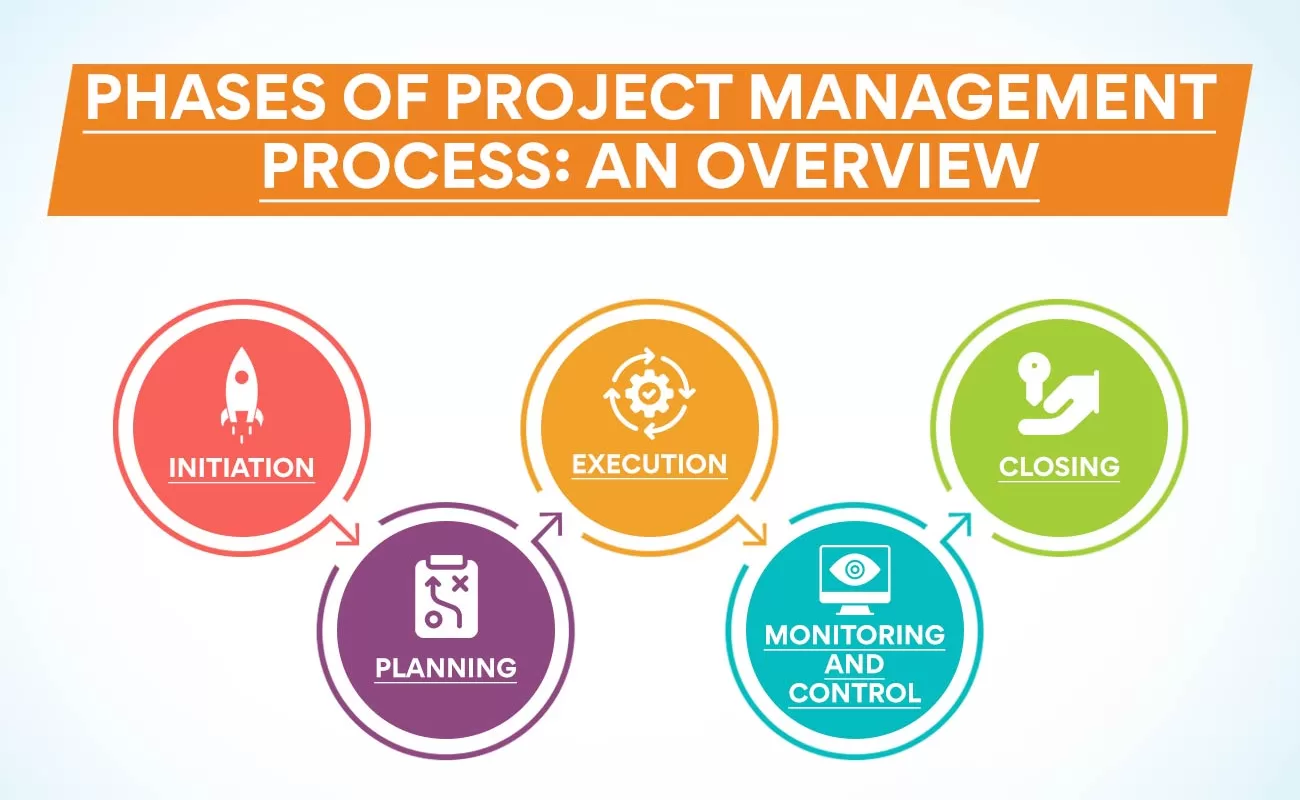Growing pains are “a nice problem to have,” one thing I hear from businesses that are expanding quickly. Given that the minority of companies are experiencing exponential growth, I can definitely support that viewpoint.
However, given the obvious and palpable link between rapid expansion and employee burnout, and based on my experience working in firms that were in rapid development mode, it’s also a sentiment that should raise a huge red signal.
The lessons from the some session that really stuck with me are listed below:
The Foundation is Important
Organizations (and teams!) generally respond to growth by looking to hire new personnel and develop new procedures. To make development sustainable, however, it is also necessary to address the fundamental elements of the workplace, such as the positioning strategy, guiding principles, corporate culture, and organisational structure.
Your old methods most likely won’t work.
Teams will naturally cling to the resources and strategies that have been successful for them as expansion occurs and the demand to achieve increases. However, it might not be the best idea to construct a skyscraper using the same equipment you used to construct a birdhouse.
Develop, analyze, and learn.
Yes, growth is excellent. However, how can you choose when to scale and when to stop? How can you be sure that you aren’t going to hire a large team of employees that will do nothing except wait? How? By doing regular retrospectives and having a valid method for estimating emotional and functional capacity.
Okay, but what if you’re not in charge of the expansion of your business? What can DPMs specifically do to support their teams through the stress of rapid change and prevent burnout and stress at work?
Ask Others how they’re doing.
It does indeed sound easy. Your greatest early warning system may be to periodically conduct emotional check-ins with your team members to inquire about their physical and mental well-being.
This can support employee engagement, job happiness, and overall wellness while also identifying early indications of burnout. You don’t like it? You can automate this for yourself with apps like Perflo and 15Five.
Share Your Knowledge
Being open and truthful about the decision-making process can make a significant difference. Keeping spirits high can be achieved in large part by understanding where the ship is headed and witnessing leaders acknowledge that change is difficult and messy.
Supporting Your Team
Some business owners will claim that low staff retention or high employee turnover rates are simply side effects of growth and that those who left weren’t a good fit for the direction the company was taking. But I believe that to be false.
You’ll be able to see if your team members are the proper ones, and you might need to support workers by speaking up for them when they’re feeling burnt out or when there are unclear expectations.


 WhatsApp us
WhatsApp us